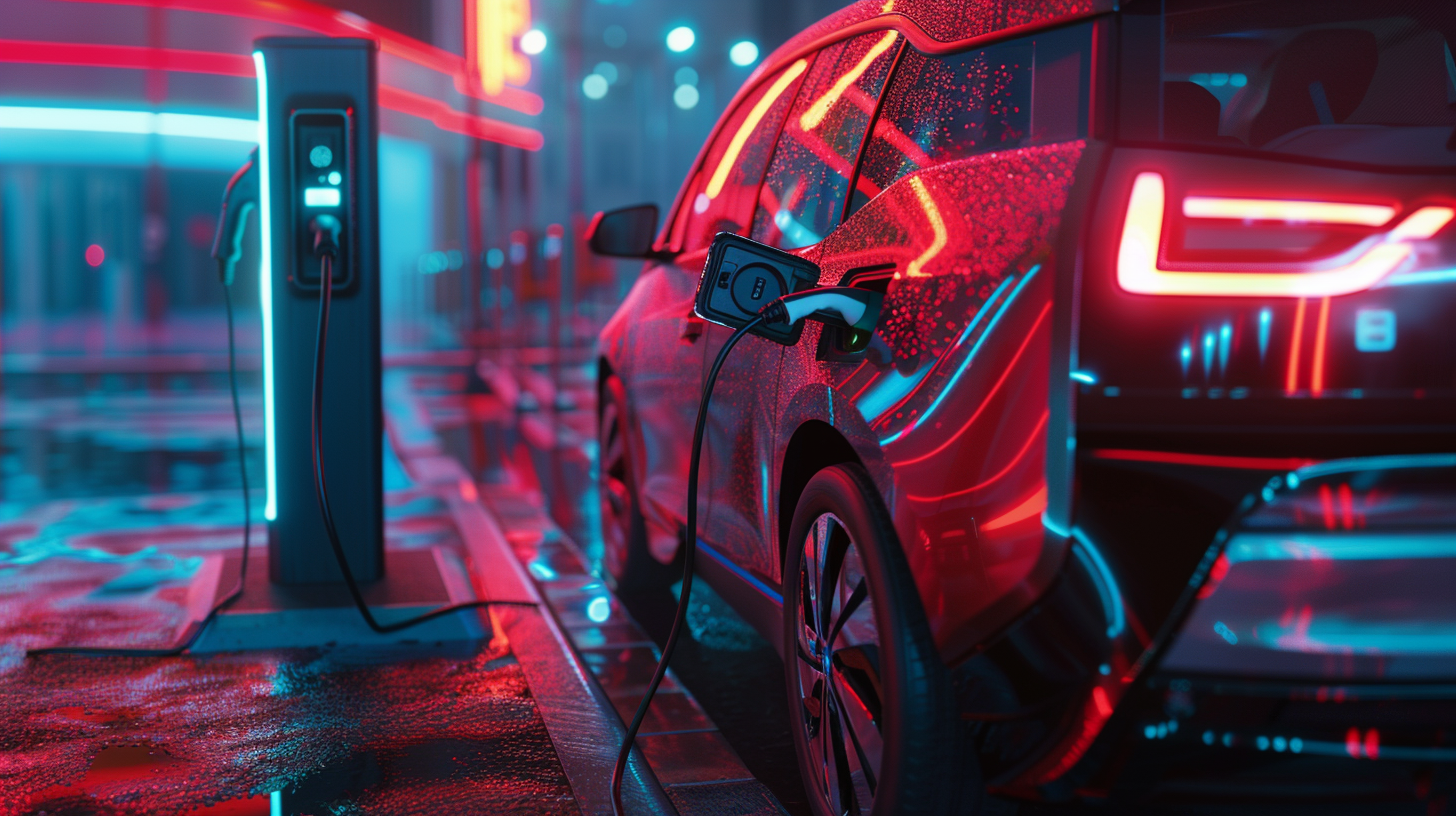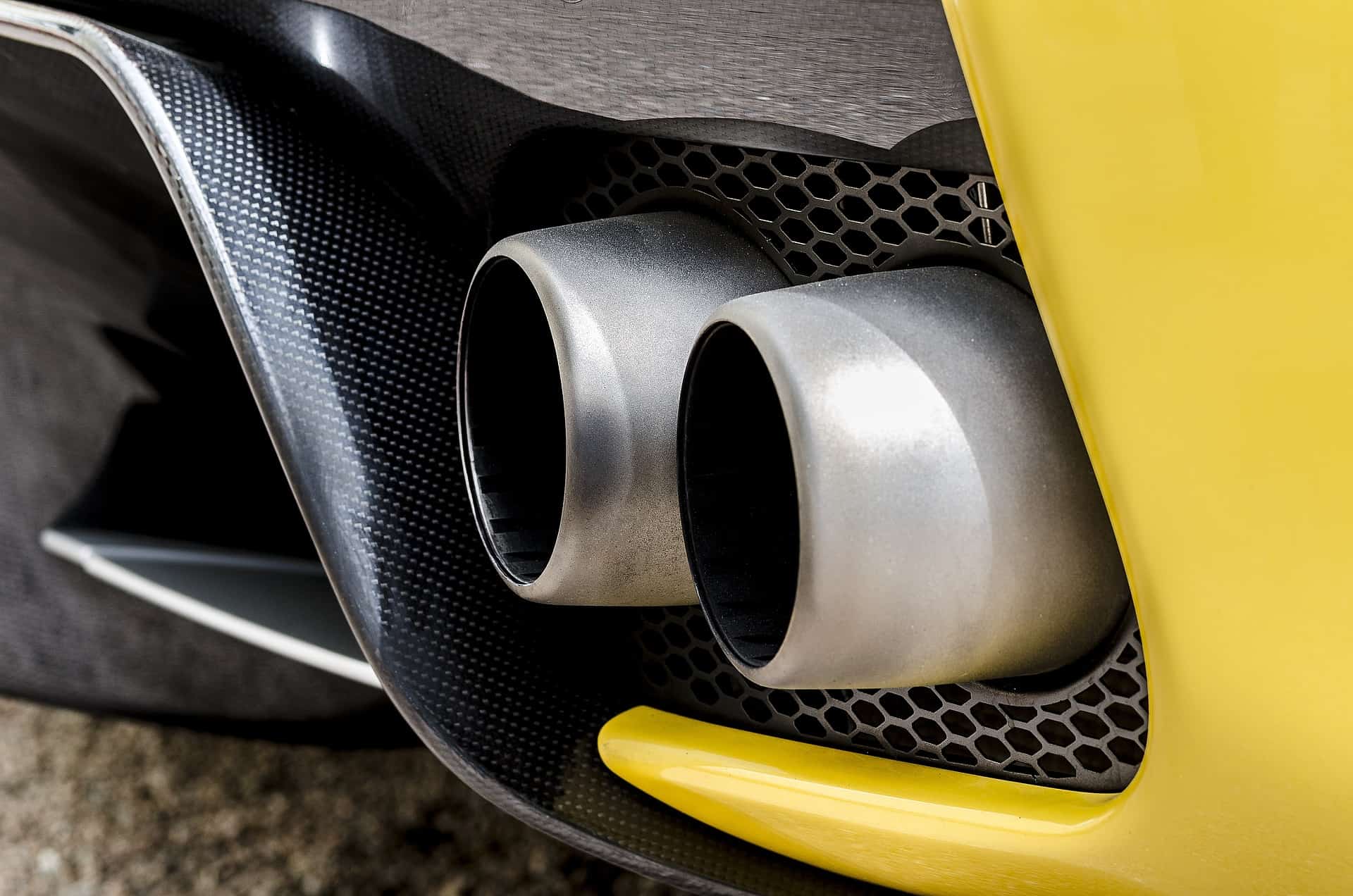
So now it’s official. Beginning in 2035, no more cars that emit (direct) emissions may be sold. Getting there has become even more difficult since in the meantime, the new Euro 7 standard and the fit-for-55 package will also take effect. This will put heavy demands on OEMs, not to mention the customers. After all, it is the customers who will ultimately have to bear the costs.
So are we on our way to climatic paradise?
You could think so, so long as you ignore reality and still believe in Santa Claus. Because unless issues take center stage, they are simply ignored by people who have no idea about physics, chemistry, and other technology basics, and who simply don’t care about economic conditions. Namely politicians.
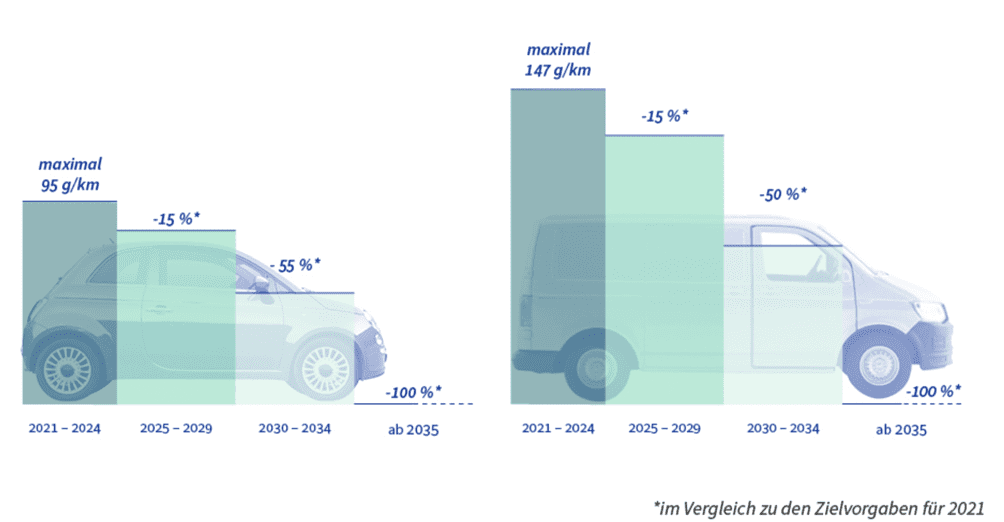
Europe’s car industry will suffer
The good news is that global spending on electric vehicles is growing rapidly, according to Bloomberg. Annual spending on electric vehicles will reach $388 billion in 2022. This will also surpass the $1 trillion total value of electric vehicles sold to date.
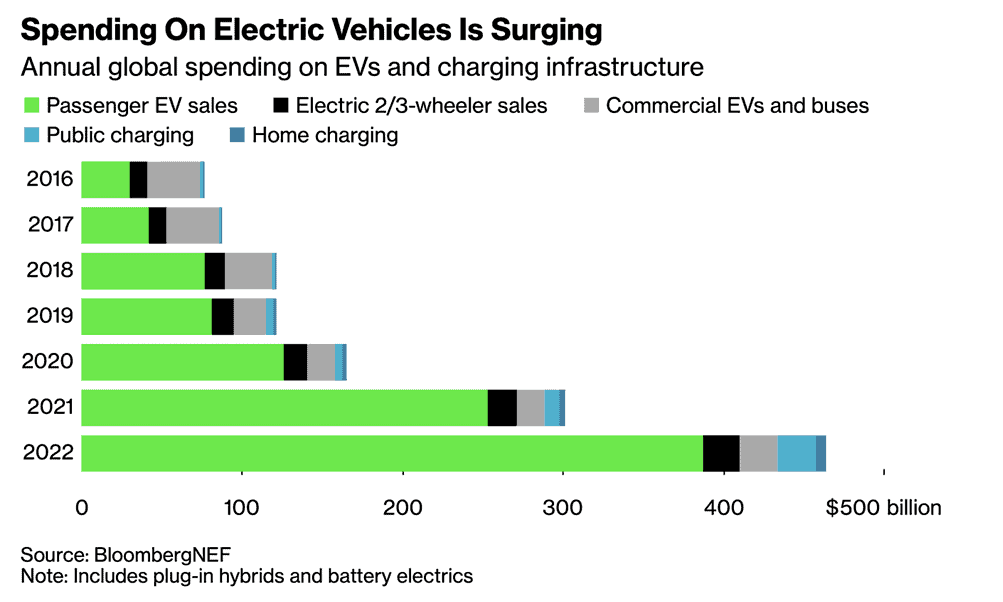
Unfortunately, US$2.5 trillion worth of cars are sold globally every year, $25 trillion in the last 10 years, which was also relevant to electric car sales. That makes the trillion above seem extremely modest.
Of course, electric car sales will continue to rise, but the big catch is that OEM profits from electric car sales are far lower than from internal combustion vehicles. Some OEMs are even making losses just to avoid losing market share.

The example of Ford
Many classic large western OEMs waited far too long to take the transformation seriously. Especially companies like Ford are now paying the price. Apart from the Mustang Mach-E and its two large e-Transit and F150 Lightning vehicles, Ford currently has no other purely electric vehicles in its portfolio. The next European models will be built on a licensed MEB basis from the VW Group. The skateboard architecture of the Wolfsburg company will be adopted. For Germany, this means job cuts. Cologne will lose ground, and the Saarland will be abandoned.
Experience and speed
The classic OEMs seem to be moving too slowly to be able to meet the challenges of Asian, namely Chinese, competition. Brands like BYD, Zeekr, NIO, and Xpeng are putting new vehicles and vehicle generations on electrically powered wheels at a breathtaking speed. They are gaining experience at turbo speed. The Chinese state is supporting this financially because many Chinese start-ups are losing money at an alarming rate.
Toyota’s miscalculation
The best example of a massive misjudgment of the world market is the Japanese manufacturer Toyota. So far, they have only launched one electric model, the basis for the bZ4X or Subaru Solterra. The first electric car iteration has so far run sub-optimally and was marked by teething troubles (wheels falling off, low range, and poor efficiency). These are all problems that Chinese companies had, too, but that they solved in a flash through further development. Toyota’s bet on technological openness did not seem to be working out, a fate sealed at the latest by the EU decision. The delay in introducing a new electric platform until 2026 will cost the Japanese market share and customers. By 2026, other manufacturers will already be presenting their 3rd and 4th electric platforms.
The VW Group is also falling behind
It is true that with the stubbornly anti-electromobility and later sacked VW boss Herbert Diess, the company has made up ground in recent years – the group is superficially in the best possible position – but here, too, an important next generation is being delayed. Since Oliver Blume has been at the helm, development has slowed down again. Digitalization is already faltering due to constant changes in management personnel and a widespread lack of orientation. But new electric platforms cannot afford to follow the same long cycles as combustion engines. Because now it’s the fast ones that win.
And the combustion engine?
The phasing out of the internal combustion engine applies to the EU for now – but not to Europe. But this depends. Companies like BMW or Mercedes-Benz and others continue to manufacture combustion engines, but no longer in Europe. They are shifting this to joint ventures with Chinese companies since 2035 will hardly mean the end of the internal combustion engine worldwide. After all, there are still a lot of emerging countries in Asia, South America, and Africa whose populations have no use for expensive, high-tech electric cars because, among other things, they do not have the means to generate the required electricity.
This is probably where the German OEMs come into play again. But a noticeable improvement in the climate through clean transport is more likely to come from large countries like China, India, and the regions mentioned above. In contrast, the savings potential in Europe is extremely small when projected onto the world. On the contrary.
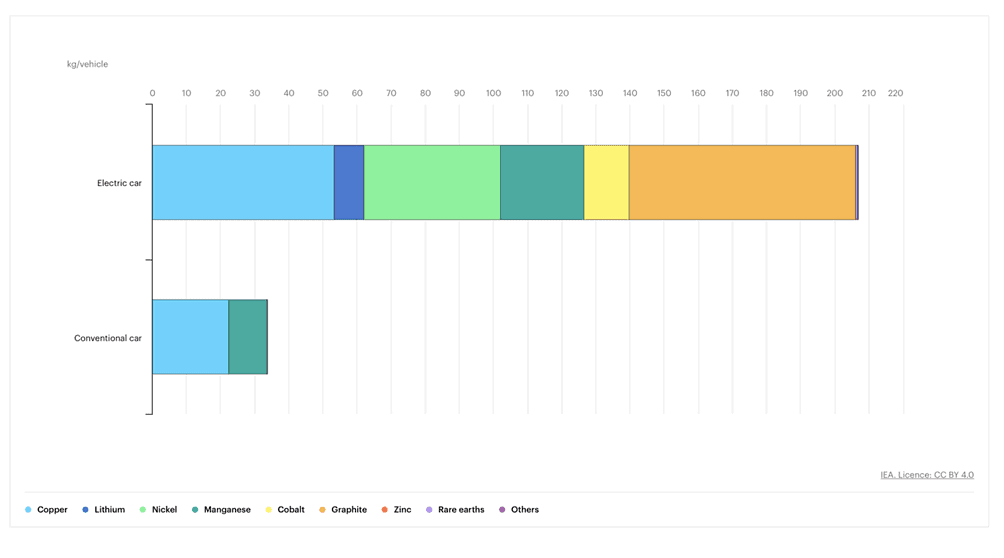
Consumption of raw materials
According to the International Energy Agency, the consumption of critical raw materials per electric car is many times that of an internal combustion vehicle. The supply of lithium, nickel, copper, and the like could come to a standstill for a climate-neutral transport transition, thus driving up the costs of electric cars even further. There are enough raw materials available, but they need to be extracted and current extraction capacities can hardly cope with this.
This is a welcome side effect for the advocates of the 2035 combustion car phase-out anyway. They want fewer cars, not just fewer internal combustion engines. But whether EU citizens will accept this will become clear at the latest when the time comes.
I have my doubts that it will work out that easily. And also, there is the rest of the world.







